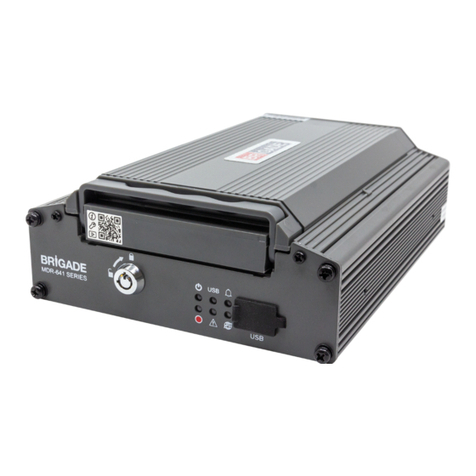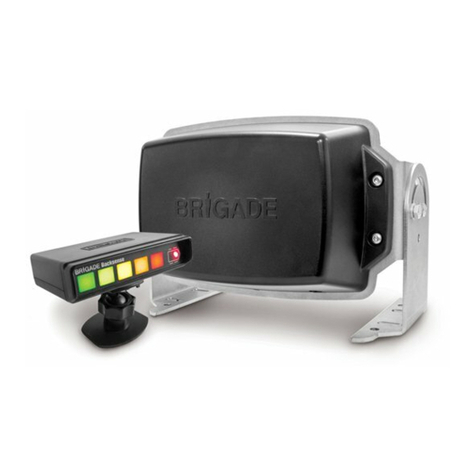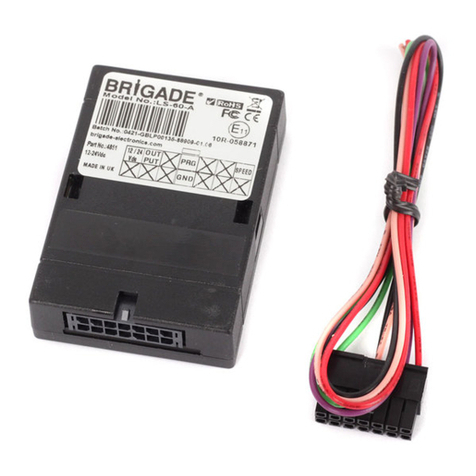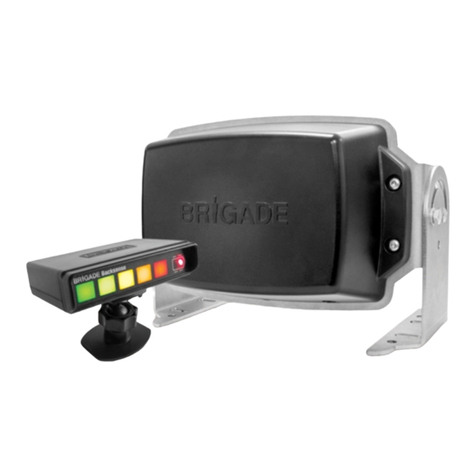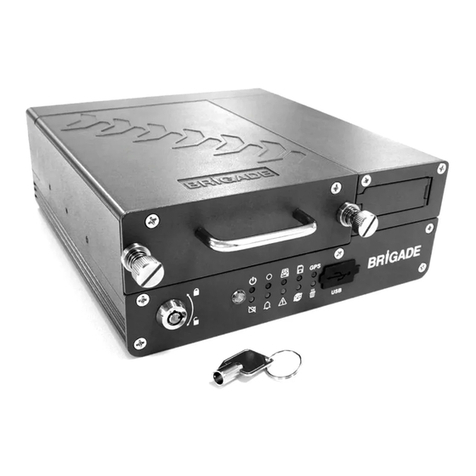2
Table of Contents
1
Introduction ...................................................................................................................... 3
1.1
Detection Range ..................................................................................................... 3
1.2
Object Detection Capabilit ..................................................................................... 3
2
Contents ........................................................................................................................... 6
2.1
Standard S stem Contents ..................................................................................... 6
2.2
Optional items (not included) ................................................................................... 6
3
Object Detection ............................................................................................................... 7
3.1
Separate Object Detection ...................................................................................... 7
3.2
Detected Object Data .............................................................................................. 7
3.3
Detected Object Position Relative to Sensor ........................................................... 8
4
Hardware Installation ........................................................................................................ 9
4.1
Recommended Network La outs and Limitations .................................................... 9
4.2
Good Network Arrangement .................................................................................... 9
4.3
Bad Network Arrangement .................................................................................... 10
4.4
Test Site ............................................................................................................... 10
4.5
Sensor Mounting and Location .............................................................................. 10
4.6
Cable .................................................................................................................... 11
4.7
Electrical Connections ........................................................................................... 12
4.8
Power Input ........................................................................................................... 12
4.9
Recommended Fuse Values ................................................................................. 13
5
CAN Bus ........................................................................................................................ 14
5.1
Network Parameters ............................................................................................. 14
5.2
Keep Alive Message ............................................................................................. 14
5.3
CANbus Base ID ................................................................................................... 14
5.4
Base ID Configuration ........................................................................................... 15
5.5
Configuration Message Structure and Examples ................................................... 16
5.6
Addressing Strateg for Detected Object and Generated Messages ..................... 16
5.7
Detection Message ............................................................................................... 16
5.8
Sensor Start-up Messages .................................................................................... 17
6
S stem Host ................................................................................................................... 18
6.1
Host Responsibilities ............................................................................................. 18
7
Brigade Backsense CAN Radar Test Tool ...................................................................... 19
7.1
PC Interface for BS-9000 ...................................................................................... 19
7.2
PC S stem Requirements ..................................................................................... 19
7.3
CANpro – BS-9000 Network connection cable ...................................................... 19
7.4
Software Installation .............................................................................................. 20
7.5
Backsense CAN Radar Test Tool .......................................................................... 21
7.6
Backsense Configuration Tool............................................................................... 24
7.7
S stem Errors ....................................................................................................... 31
8
Testing and Maintenance ............................................................................................... 32
8.1
Operator Instructions............................................................................................. 32
8.2
Maintenance and Testing ...................................................................................... 32
9
Specifications ................................................................................................................. 34
10
Mounting Dimensions ..................................................................................................... 36
11
Disclaimer ...................................................................................................................... 37

